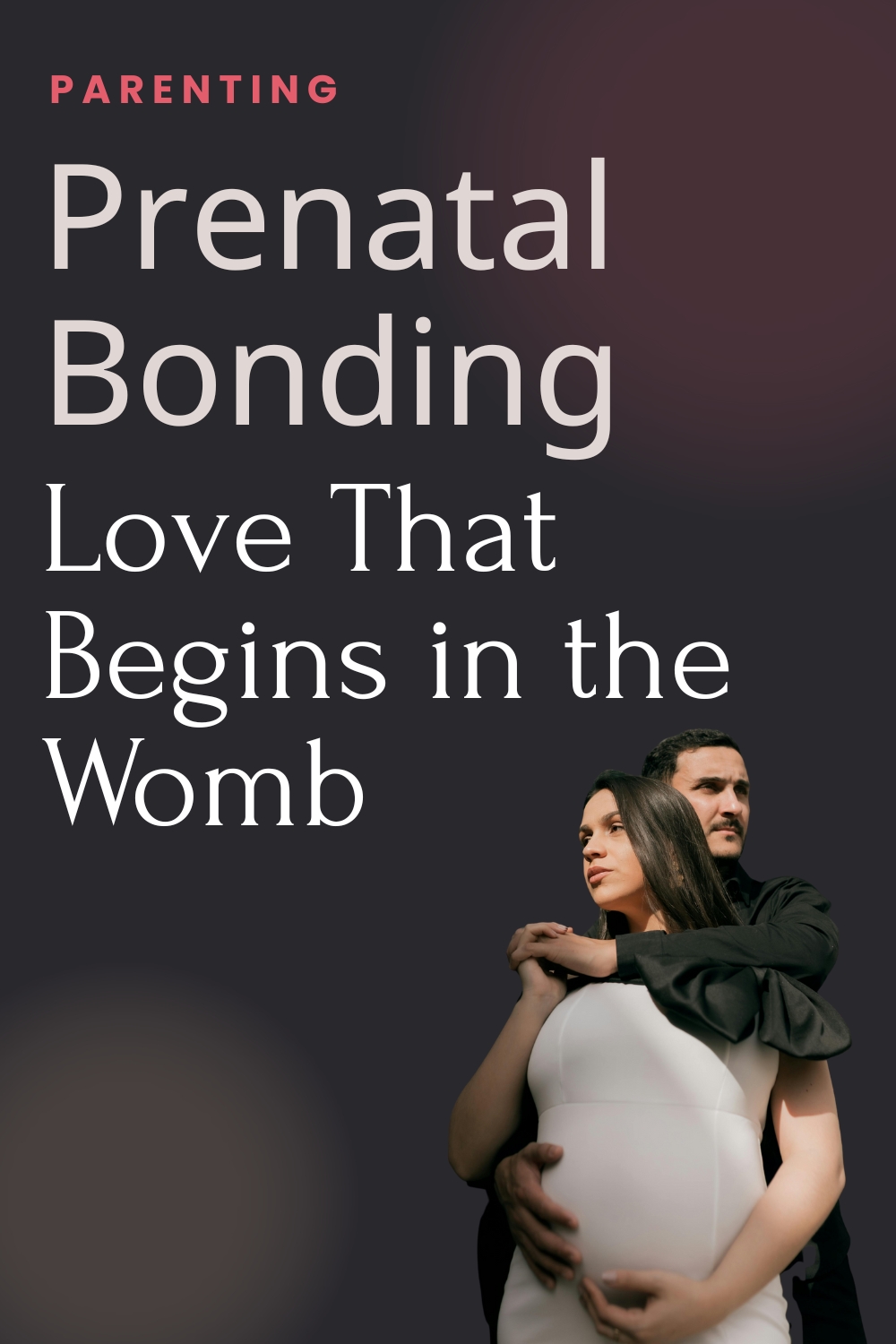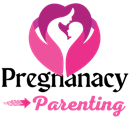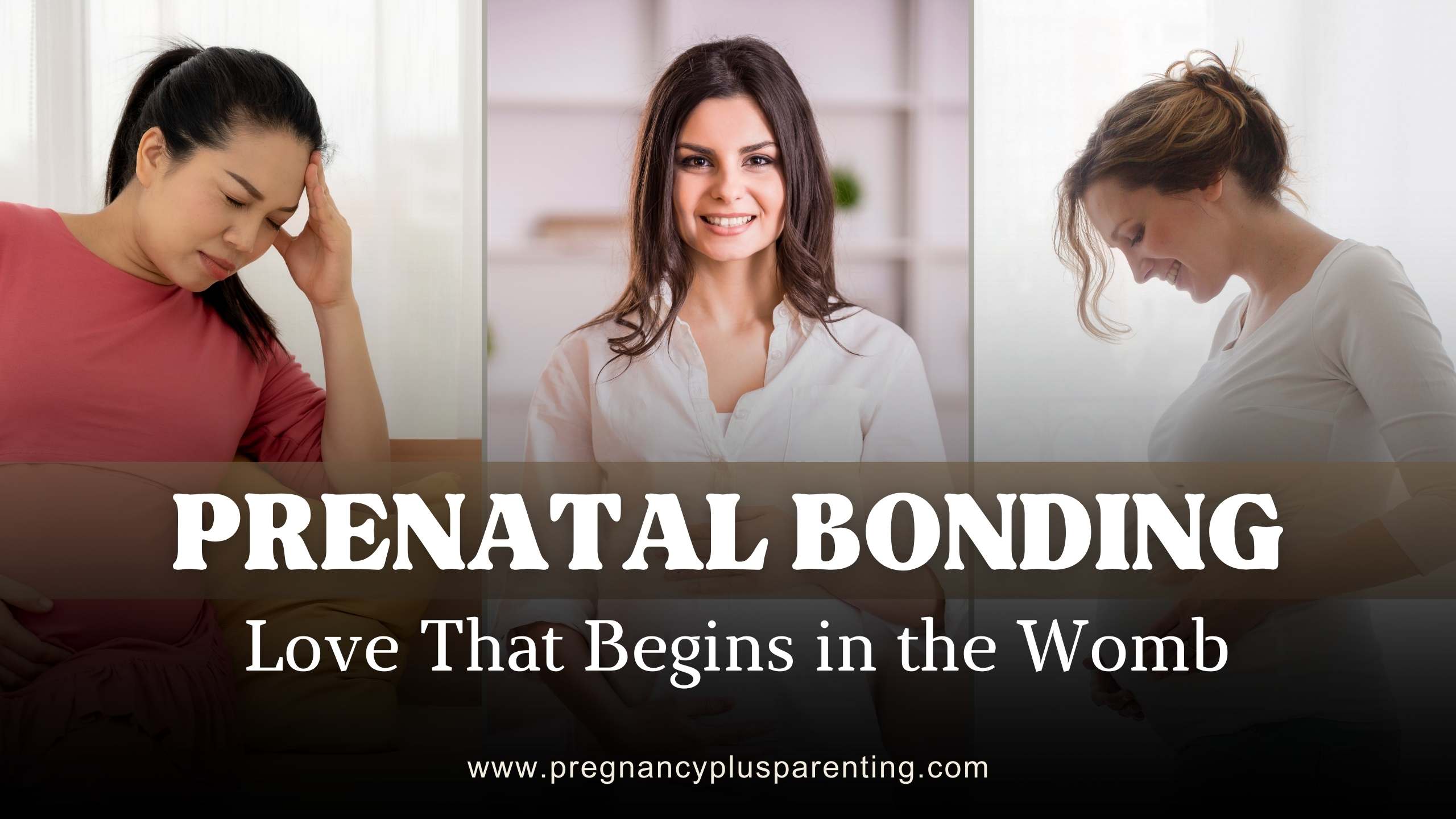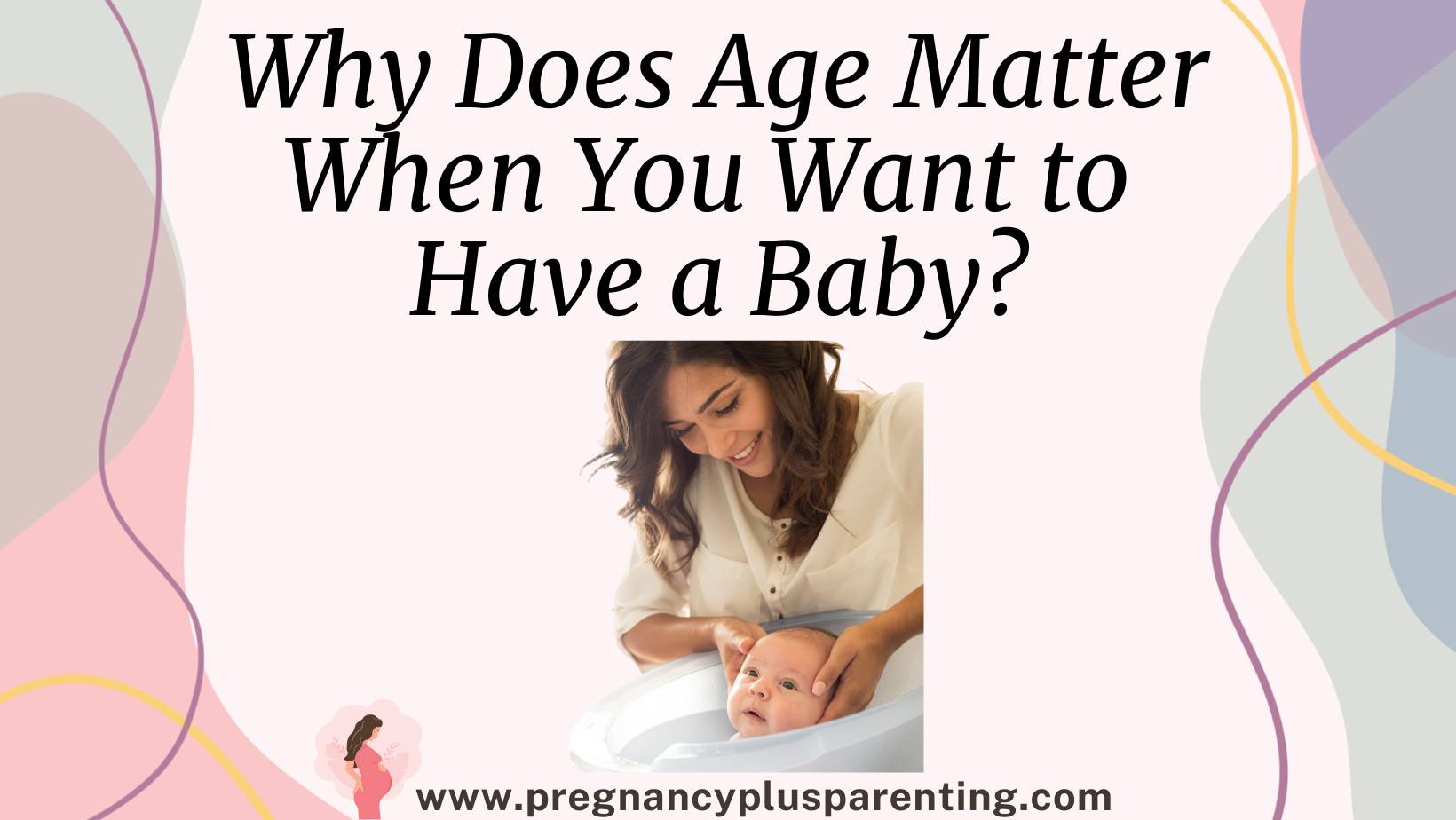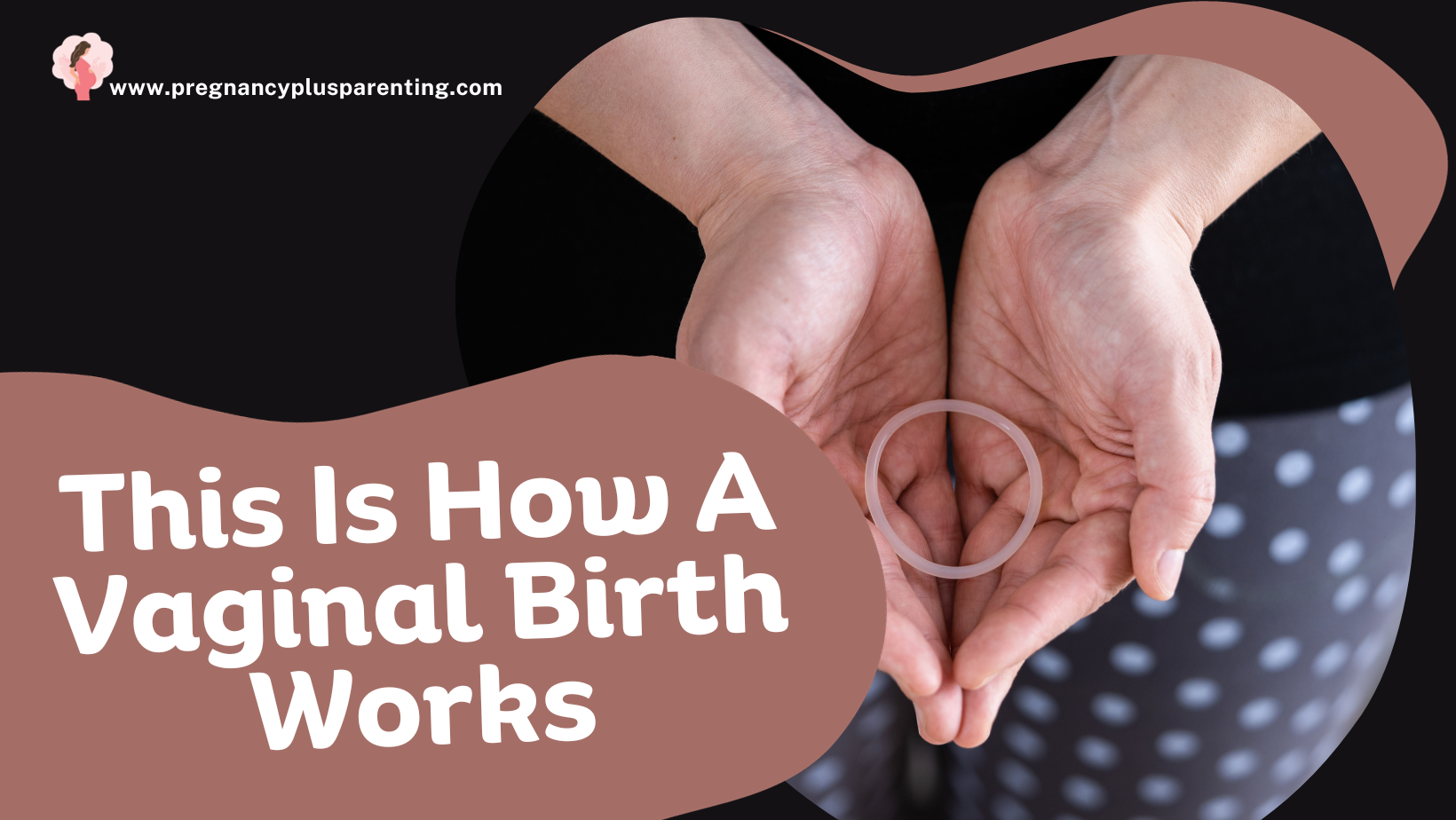Prenatal Bonding – Love That Begins in the Womb
Introduction
From the moment you hear that first heartbeat or feel a tiny flutter, something magical begins—an invisible string of love between you and your baby. This is called prenatal bonding, the emotional connection that starts well before birth. Many parents imagine bonding begins the day the baby is born, but in truth, love begins in the womb.
Let’s explore what prenatal bonding really is, why it matters, how to strengthen it, and what to do if it doesn’t come naturally.
What Is Prenatal Bonding?
Prenatal bonding is the emotional attachment parents form with their unborn child during pregnancy. It’s a mix of love, imagination, anticipation, and sometimes even worry.
Science supports it too: babies can hear, feel, and respond in the womb, meaning your voice, touch, and emotions already shape their earliest experiences.
Why Prenatal Bonding Matters
For Mothers
-
Reduces pregnancy stress and anxiety
-
Creates positive feelings and confidence about motherhood
-
Promotes emotional well-being
For Babies
-
Exposure to calm voices and positive emotions supports healthy brain development
-
Familiar sounds (like a parent’s voice or music) provide comfort after birth
For Families
-
Fathers and partners feel included when they bond before birth
-
Stronger unity and teamwork as you prepare to welcome the baby
How Early Does Bonding Begin?
Bonding can start earlier than you think.
-
16–18 weeks: Baby begins to hear sounds.
-
24 weeks: Baby responds to familiar voices.
-
28 weeks onward: Babies recognize music, light, and gentle touch.
By the third trimester, many babies even kick back when their parents talk or sing to them—a first sign of communication.
Ways to Bond With Your Baby Before Birth
1. Talk and Sing
Your baby recognizes your voice. Read a story, sing a lullaby, or chat about your day.
2. Gentle Touch
Place your hands on your belly. Babies often respond with kicks or wiggles.
3. Play Music
Soothing melodies can calm both mother and baby. After birth, the same songs often comfort newborns.
4. Practice Mindfulness
Prenatal yoga or meditation reduces stress while deepening your connection.
5. Keep a Pregnancy Journal
Write letters to your baby. Later, these can be shared as a precious keepsake.
6. Cherish Ultrasounds
Seeing your baby’s movements and hearing the heartbeat makes the bond feel even more real.
Prenatal Bonding by Trimester
First Trimester
-
Dreaming about your baby
-
Writing down hopes and wishes
Second Trimester
-
Feeling first kicks
-
Talking and singing more actively
Third Trimester
-
Responding to baby’s movements
-
Preparing emotionally for birth
The Role of Fathers and Partners
Bonding isn’t just for mothers. Fathers and partners can:
-
Attend doctor visits
-
Place hands on the belly during kicks
-
Read or talk to the baby
-
Support the mother with encouragement and care
When partners are involved, babies often recognize their voices after birth.
Challenges in Prenatal Bonding
Not everyone feels instant love, and that’s okay. Common challenges include:
-
Anxiety about childbirth
-
Pregnancy complications
-
Past trauma or miscarriage
-
Stress from external factors
How to Overcome Barriers to Bonding
-
Seek support from healthcare professionals
-
Try relaxation techniques like meditation
-
Connect with communities of other parents-to-be
-
Be patient—bonding can also grow after birth
The Emotional Science of Prenatal Bonding
-
Hormones like oxytocin create attachment feelings
-
Babies can sense their mother’s stress levels
-
Emotional bonding impacts future parent-child interactions
Spiritual and Cultural Perspectives
Across cultures, rituals like prayers, lullabies, or blessing ceremonies help parents bond spiritually. Many traditions encourage speaking lovingly to the unborn baby, reinforcing the belief that bonding begins in the womb.
Myths About Prenatal Bonding
-
Myth: Bonding only starts after birth.
-
Truth: It often begins during pregnancy.
-
Myth: Only mothers can bond prenatally.
-
Truth: Fathers and partners can also build strong early connections.
-
Myth: You must feel love all the time.
-
Truth: It’s normal for feelings to come and go.
Preparing for Life After Birth
Prenatal bonding doesn’t end at delivery. Babies who hear familiar voices, songs, or rhythms in the womb often respond positively to them after birth. This smoothens the transition into the outside world and strengthens early attachment.
Tips for Deepening Your Connection
-
Establish a bedtime bonding ritual with stories or songs
-
Play the same music daily to create familiarity
-
Celebrate milestones like first kicks together as a family
Final Thoughts
Prenatal bonding is not about perfection. It’s about small, loving moments—singing, touching, imagining, and simply being present. Whether your bond is instant or slow-growing, remember: love doesn’t have a deadline. It begins in the womb and only grows stronger with time.
FAQs
1. Can prenatal bonding reduce stress?
Yes, connecting with your baby can lower stress levels for mothers and promote a sense of calm.
2. Do babies recognize their parents’ voices after birth?
Absolutely! Babies are comforted by familiar voices they heard in the womb.
3. Is it normal not to feel bonded during pregnancy?
Yes. Many parents don’t feel deeply bonded until after birth. Love can grow gradually.
4. How can fathers bond with the baby before birth?
By talking, singing, attending appointments, and placing hands on the belly during kicks.
5. Does bonding in the womb affect future development?
Research suggests early bonding helps with emotional security and attachment after birth.
